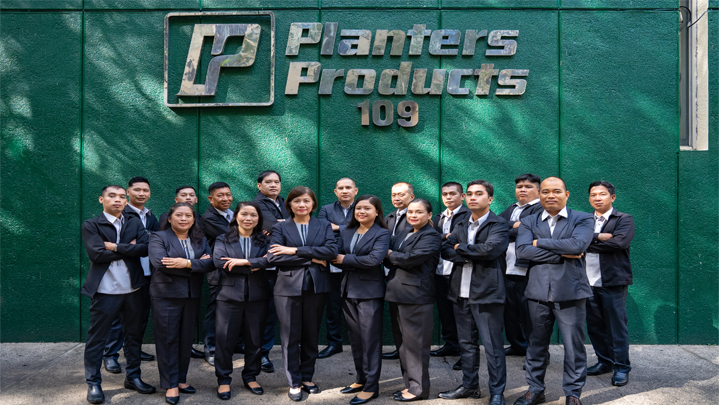Collaboration
Contact Information
- Contact Numbers:
- +63(2) 8818 2332
- +63(2) 8816 4388
- Address:
- Planters Products Bldg. 109 Esteban Street, Legaspi Village Makati City
Philippines 1229

Employee's Corner :
e-Pay • e-Pay (PKSC) • C.O.F. Monitoring

